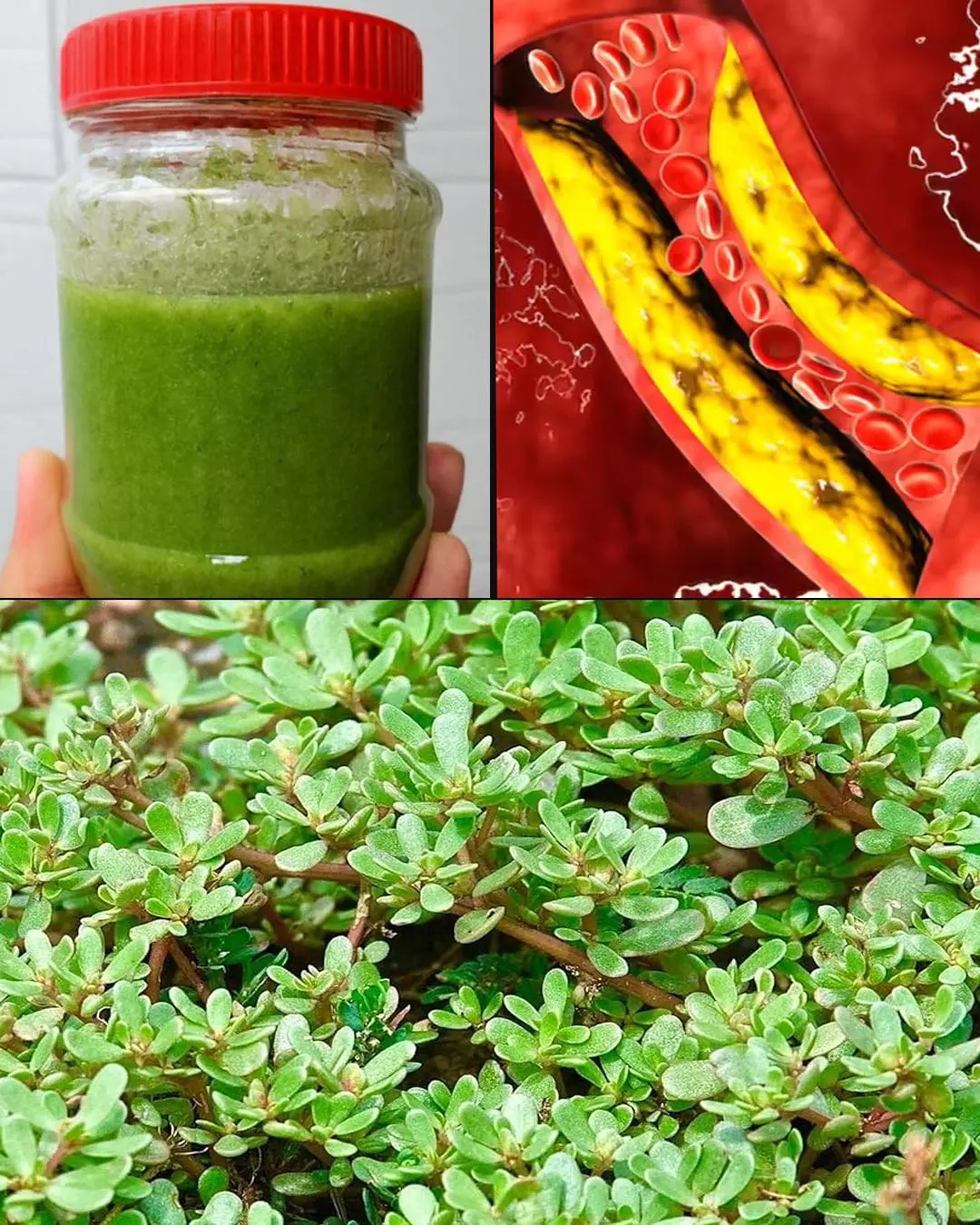
People Left Disgusted: Shocking Truth About How Crabsticks Are Made
The Shocking Truth Behind Crabsticks: What You’re Really Eating
For decades, crabsticks have been a popular seafood snack found in sushi rolls, salads, and party platters around the world. Their bright orange-and-white appearance and mild seafood flavor have made them a staple in homes and restaurants alike. But once people discovered how crabsticks are actually made, the internet erupted in disgust. A viral video exposing the manufacturing process left millions of viewers horrified — and many swore they would never eat them again.
If you’ve ever enjoyed crabsticks, what you’re about to learn might make you think twice before reaching for another pack.
The Hidden Reality Behind a Beloved Snack
People love delicious foods, but few want to see what goes on behind the scenes. There’s an old saying: “Everyone loves sausages, but nobody wants to see how they’re made.” The same applies here. The truth about food production can be unpleasant, involving heavy processing, additives, and industrial machinery that strips away the romantic image of fresh, natural ingredients.
And just like sausages, crabsticks are a triumph of modern food engineering — transforming humble ingredients into something that looks far more appealing than it really is.
The Viral Video That Changed Everything
It all started when a YouTube video from Food Kingdom went viral, showing viewers the step-by-step process behind the creation of imitation crab. The footage took people inside a factory where crabsticks are produced in massive quantities. What appeared on screen was far from the ocean-fresh image suggested by their name.
Instead of real crab, the process begins with frozen white fish meat, usually Alaskan pollock — a mild-tasting, inexpensive fish caught in northern waters. Once defrosted, the fish is ground into a mushy grey paste that serves as the base ingredient for imitation crab.
This paste, known as surimi, has been part of Japanese cuisine for centuries. Traditionally, surimi was handmade and used to create refined seafood delicacies. But modern industrial versions are a far cry from those artisanal origins.
From Grey Paste to “Seafood” Sticks
The factory machines churn the defrosted fish into a soft, spongy mixture. Then, egg whites, starch, and various stabilizers are added to bind the paste and create a moldable texture. At this point, the substance resembles clay more than food. Viewers of the viral video described it as “grey foam” — a sight that many said they could never forget.
Once blended, the surimi is rolled into long sheets, stretched, and flattened by industrial rollers. These thin layers are then folded and pressed to mimic the flaky texture of real crab meat. Finally, the product is coated with an orange-colored dye, giving it that signature crab-like appearance.
The transformation is striking: from dull grey mush to glossy seafood imitation. Yet behind the convincing color gradient lies nothing more than processed fish, flavorings, and food coloring.
The Great Imitation
The finished crabsticks are sliced, packaged, and shipped around the globe. The label “crab-flavored sticks” has always been technically accurate, but most consumers never noticed the fine print. For years, many genuinely believed they were eating at least some real crab meat.
The viral video shattered that illusion. Comments flooded social media:
-
“I will never buy this again! Thank you for opening my eyes.”
-
“I always thought it looked fake — now I know why.”
People were shocked to realize that crabsticks contain no crab at all. Everything from the color to the texture is an artificial recreation.
Why Crabsticks Exist
So why go through all this effort to fake crab? The answer lies in economics. Real crab is expensive, labor-intensive to harvest, and available only in limited supply. Surimi, on the other hand, is cheap, abundant, and easy to mold into different shapes.
By using fish like Alaskan pollock, manufacturers can create an affordable product that gives consumers the illusion of eating luxury seafood. It’s a clever compromise — but one that highlights how the modern food industry often prioritizes cost and convenience over authenticity.
What’s Really in Them?
To mimic the sweet, briny taste of crab, manufacturers add a mix of flavor enhancers, including sugar, salt, fish extracts, and sometimes monosodium glutamate (MSG). Without these additives, imitation crab would taste bland and unappealing.
The texture, too, is engineered. The layered effect, created by pressing and folding surimi sheets, is designed to imitate real crab fibers when you pull the sticks apart. It’s a visual and tactile illusion — one that has fooled millions for years.
A Divided Reaction
Not everyone was horrified. Some viewers admitted that they weren’t surprised, pointing out that most processed foods — from hot dogs to chicken nuggets — are made in similar ways. To them, the video was simply confirmation of what they already knew: modern food often looks far better than it truly is.
But for others, the revelation was enough to lose their appetite completely. The sight of grey paste turning into something marketed as “crab” left many feeling deceived. “It’s not just about the ingredients,” one commenter wrote. “It’s about the illusion we’ve been sold.”
Safety vs. Psychology
Ironically, despite the disturbing visuals, the process of making crabsticks is not unsafe. The ingredients are approved, and factories operate under strict hygiene regulations. The discomfort is mostly psychological — once people see how it’s made, the magic disappears.
Crabsticks remain popular because they’re convenient, affordable, and versatile. They appear in sushi rolls, seafood salads, sandwiches, and pasta dishes. Yet for many, the viral footage permanently changed the way they view these once-beloved snacks.
A Symbol of the Processed Food Era
Crabsticks are more than just an imitation seafood product; they’re a symbol of how industrial food production blurs the line between real and artificial. The video didn’t just expose one product — it revealed how modern convenience often comes at the expense of authenticity.
Even those who still enjoy crabsticks now do so with a new awareness. One viewer summed it up perfectly:
“I know it’s fake, but I still love it in my sushi. It tastes good, and that’s enough for me.”
This perspective reflects our complicated relationship with food in the modern world. We crave authenticity, yet rely on the speed and affordability of processed products. Crabsticks sit right at that intersection — a fascinating mix of science, illusion, and taste.
The Final Bite
So next time you unwrap a pack of crabsticks, remember the journey behind those glossy orange layers. They may not come from the sea as you imagine, but from a factory where technology turns inexpensive fish into convincing seafood substitutes.
Whether you find the process fascinating or revolting, one thing is certain: the truth about crabsticks has forever changed the way people see this popular snack. And perhaps, it serves as a reminder — that in today’s food industry, not everything that looks natural truly is.
News in the same category

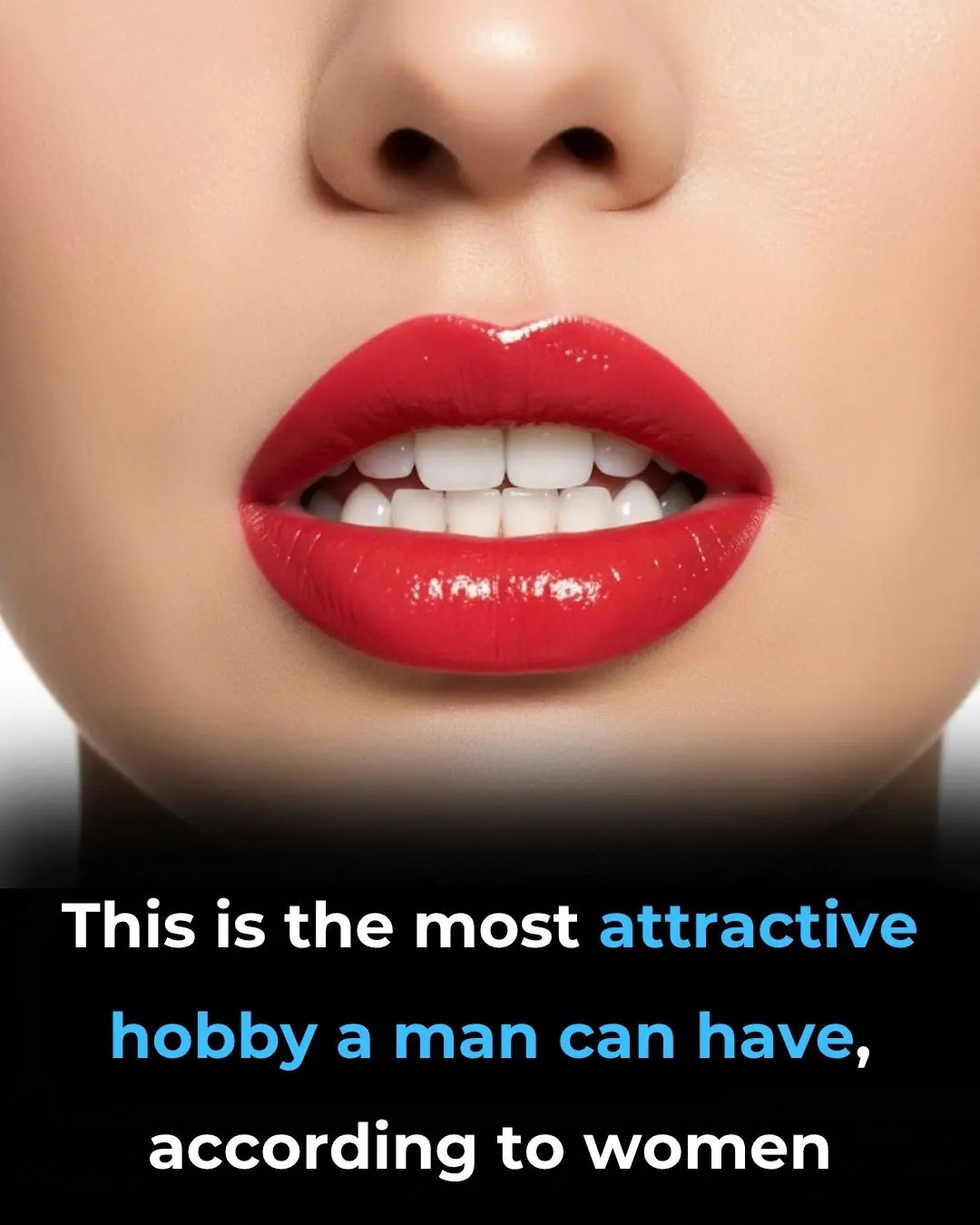
Most Attractive Hobby a Man Can Have According to Women
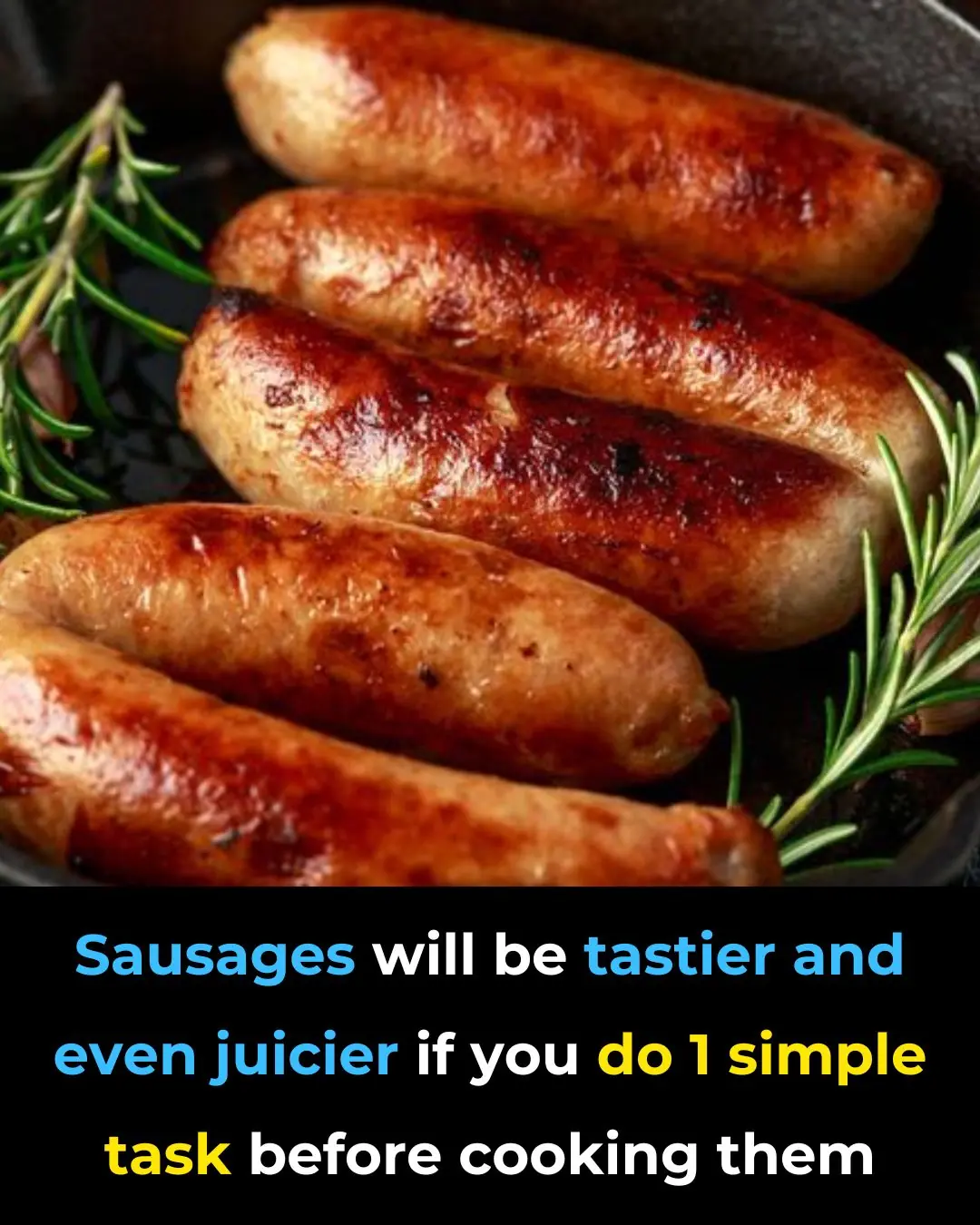
Make Your Sausages Juicier and More Flavorful With This One Simple Step Before Cooking

Don’t Leave Your Phone Charger Plugged In
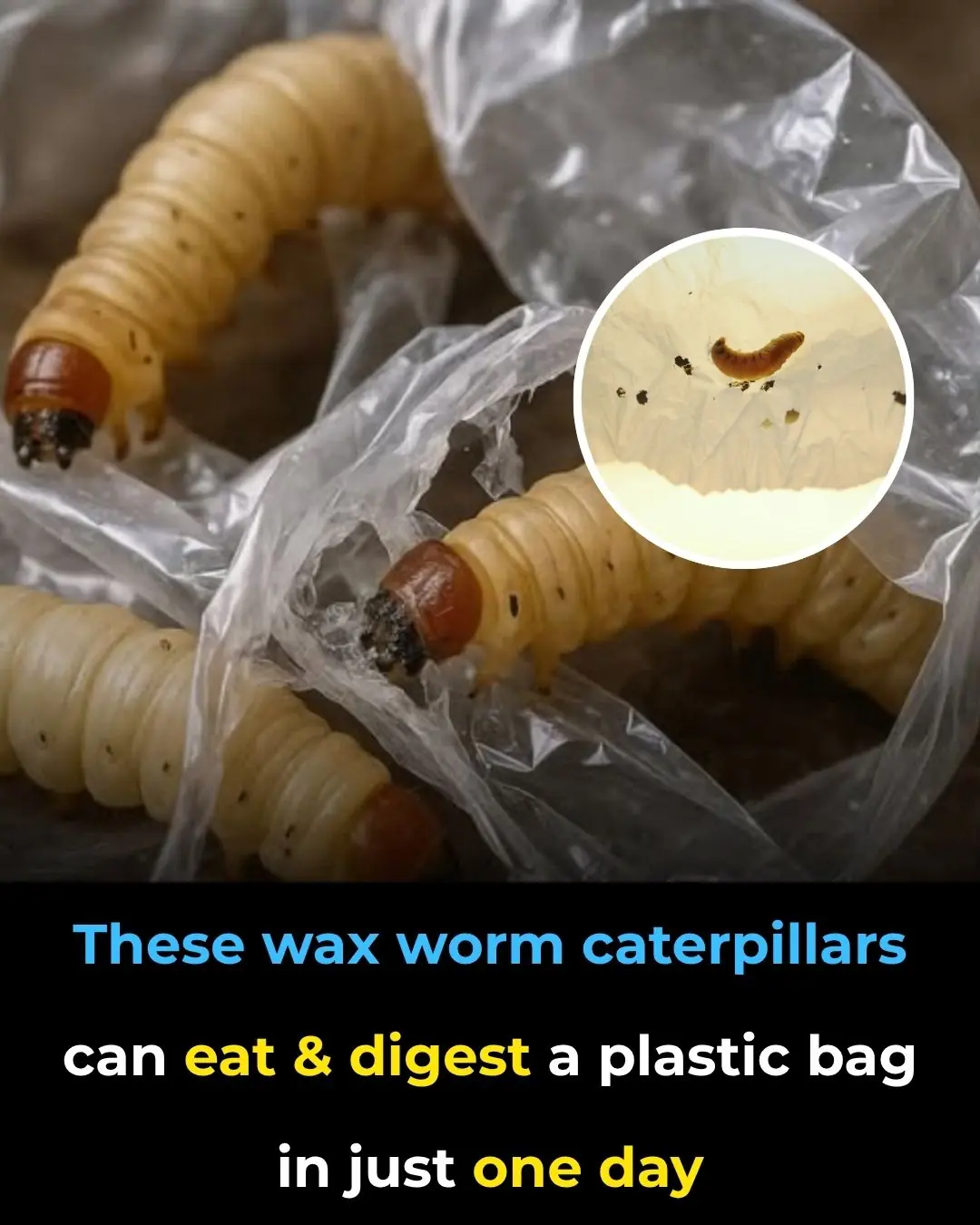
These Wax Worm Caterpillars Can Eat & Digest a Plastic Bag in Just One Day
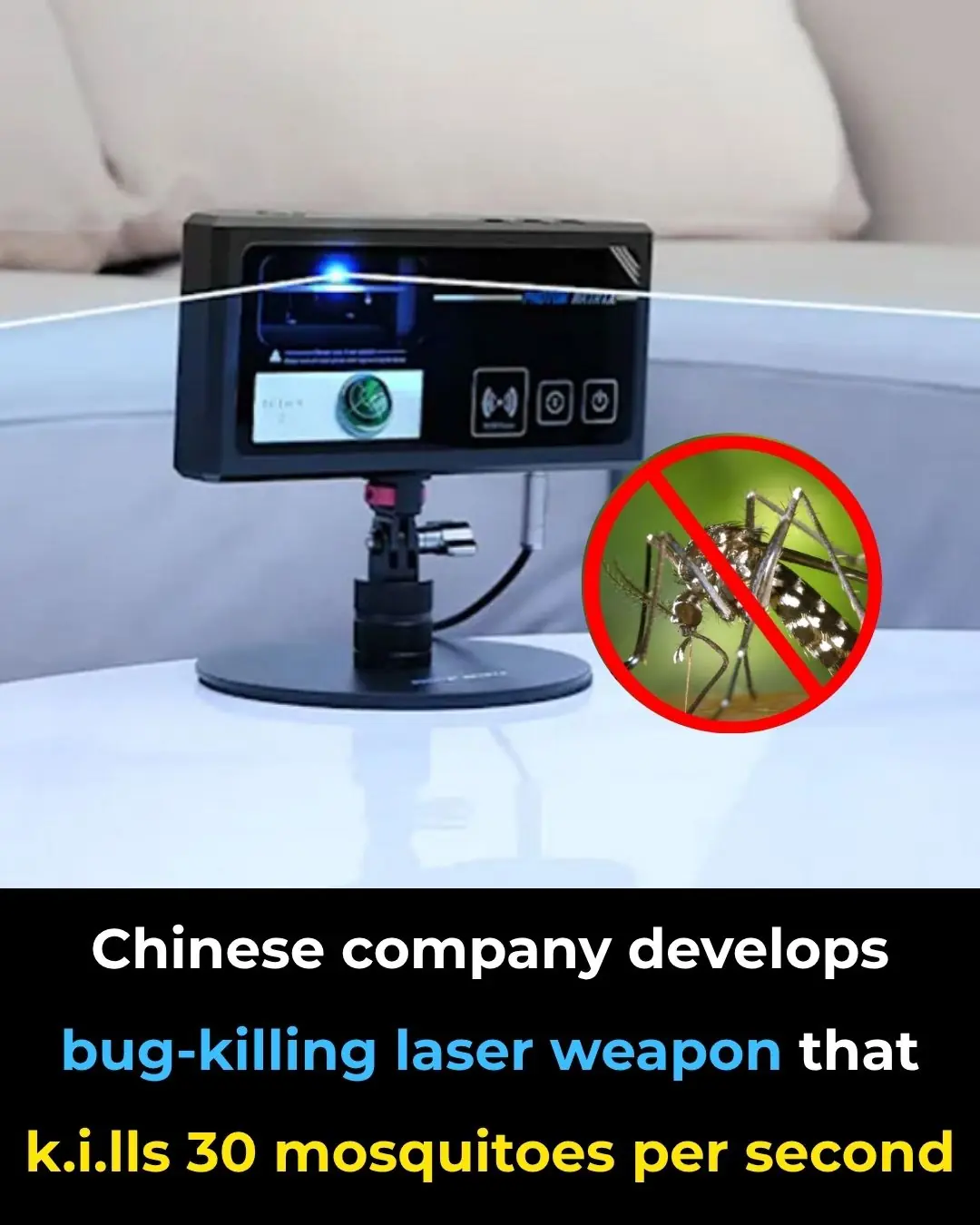
AI Laser Zaps 30 Mosquitoes Per Second from 6 Meters Away
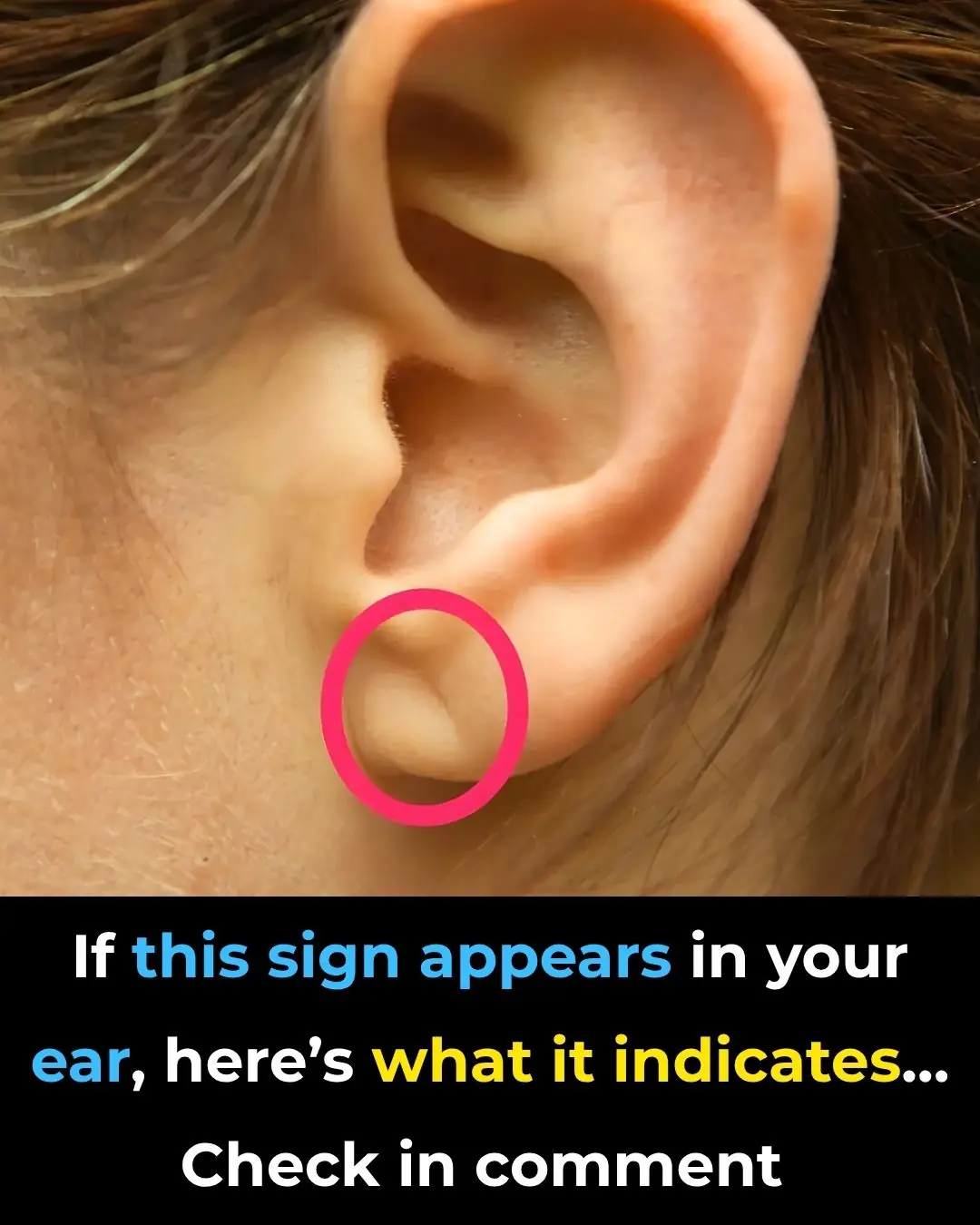
What Is Frank’s Sign

Can You See the Hidden Number in This Optical Illusion
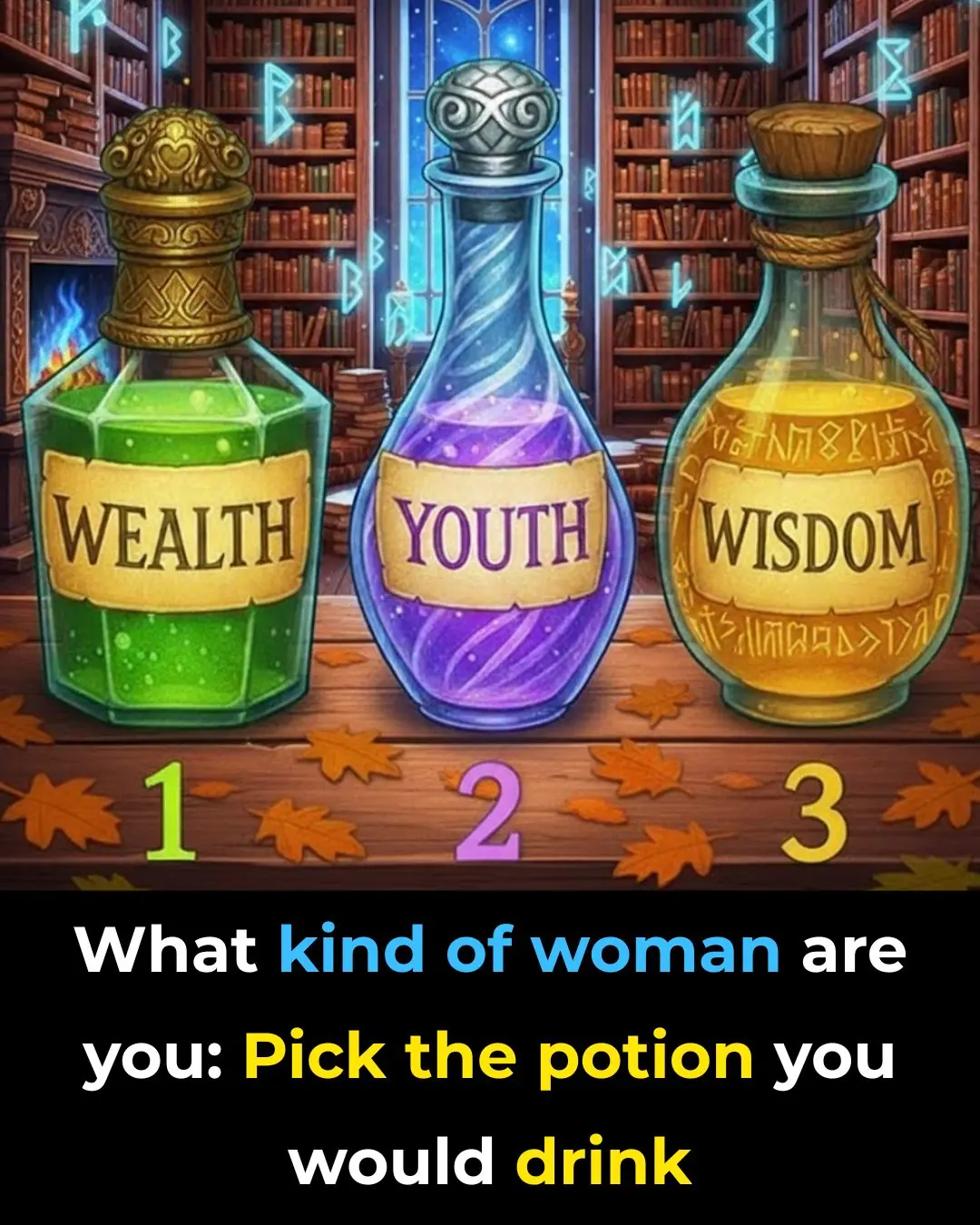
Choose a Potion

The Meaning Behind the WC Toilet Sign

Trump Claims Tariffs Ended Six Wars: The Politics Behind His Latest Foreign Policy Assertion

Scientists Catch Grumpy Cat of the Himalayas on Camera for the First Time
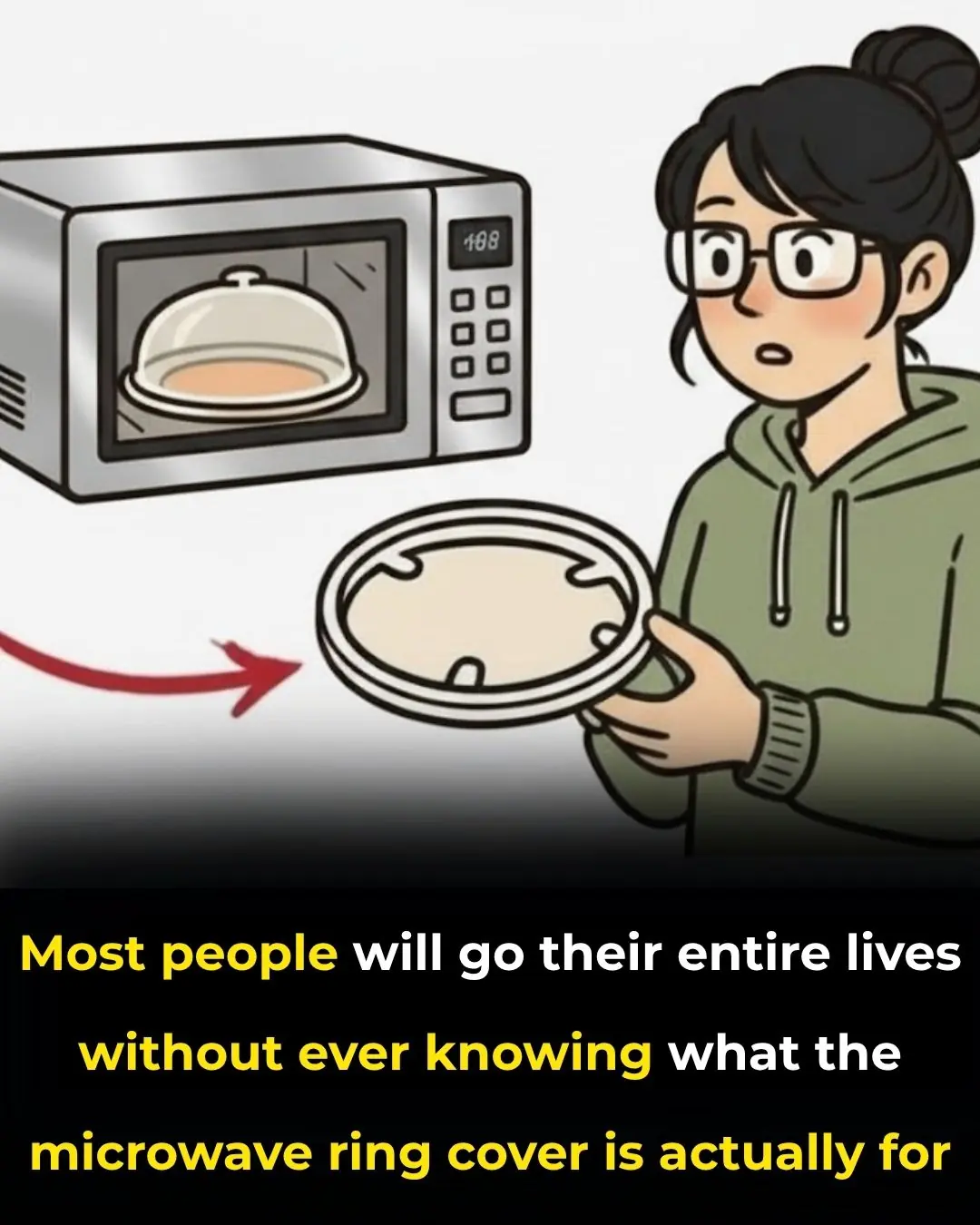
Most people will go their entire lives without ever knowing what the microwave ring cover is actually for

The reason behind children not visiting their parents

Backlash Grows After Trump’s Dismissive Comment to Female Journalist

Scientists Just Won a Nobel Prize for Discovering How to Stop Your Immune System from Attacking You

What’s the Reason Behind Painting Trees White?
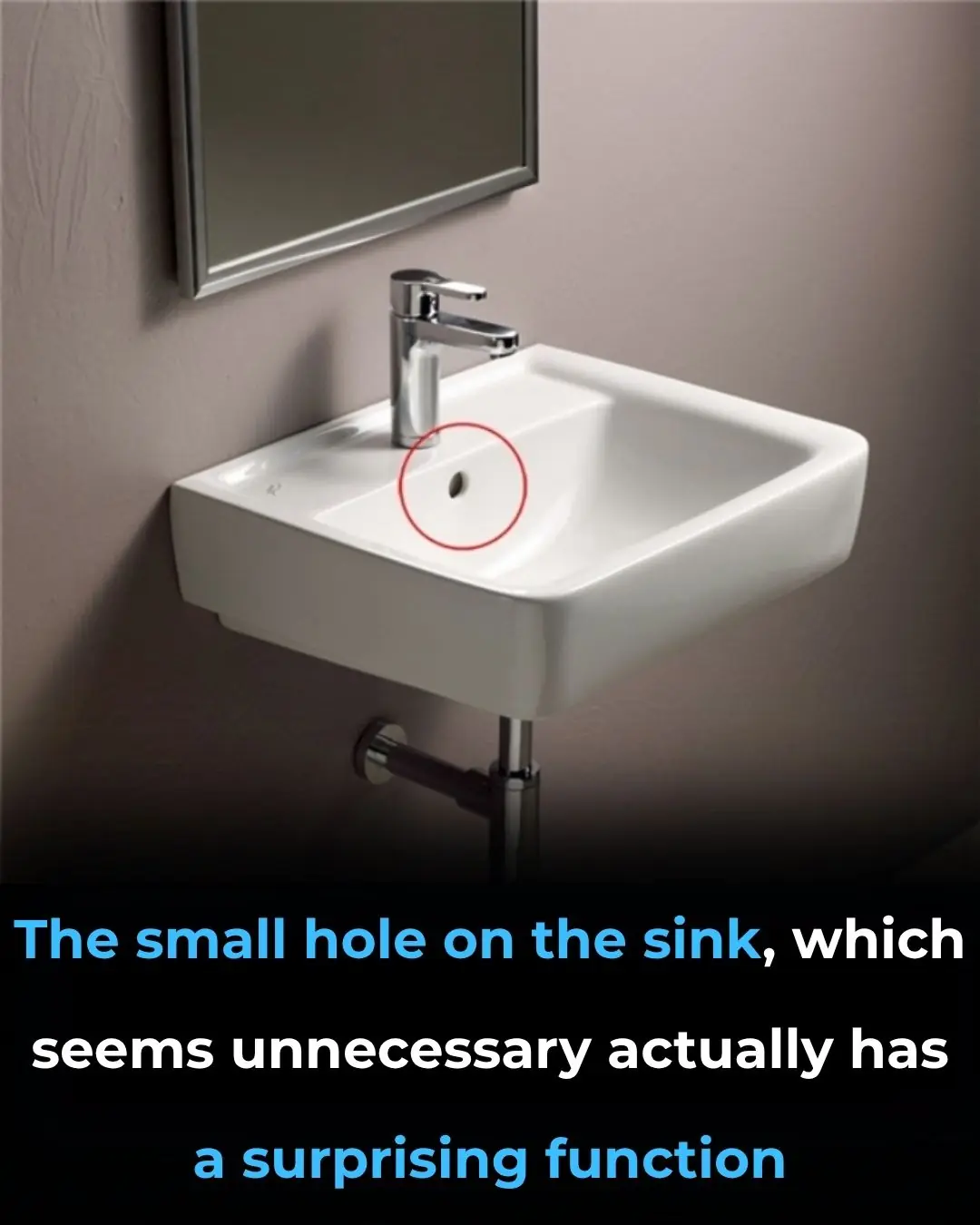
The Purpose of the Overflow Hole in Your Sink You Never Knew

The reason behind children not visiting their parents
News Post

4 types of ornamental plants that easily cause allergies and poisoning in children, parents should consider before planting
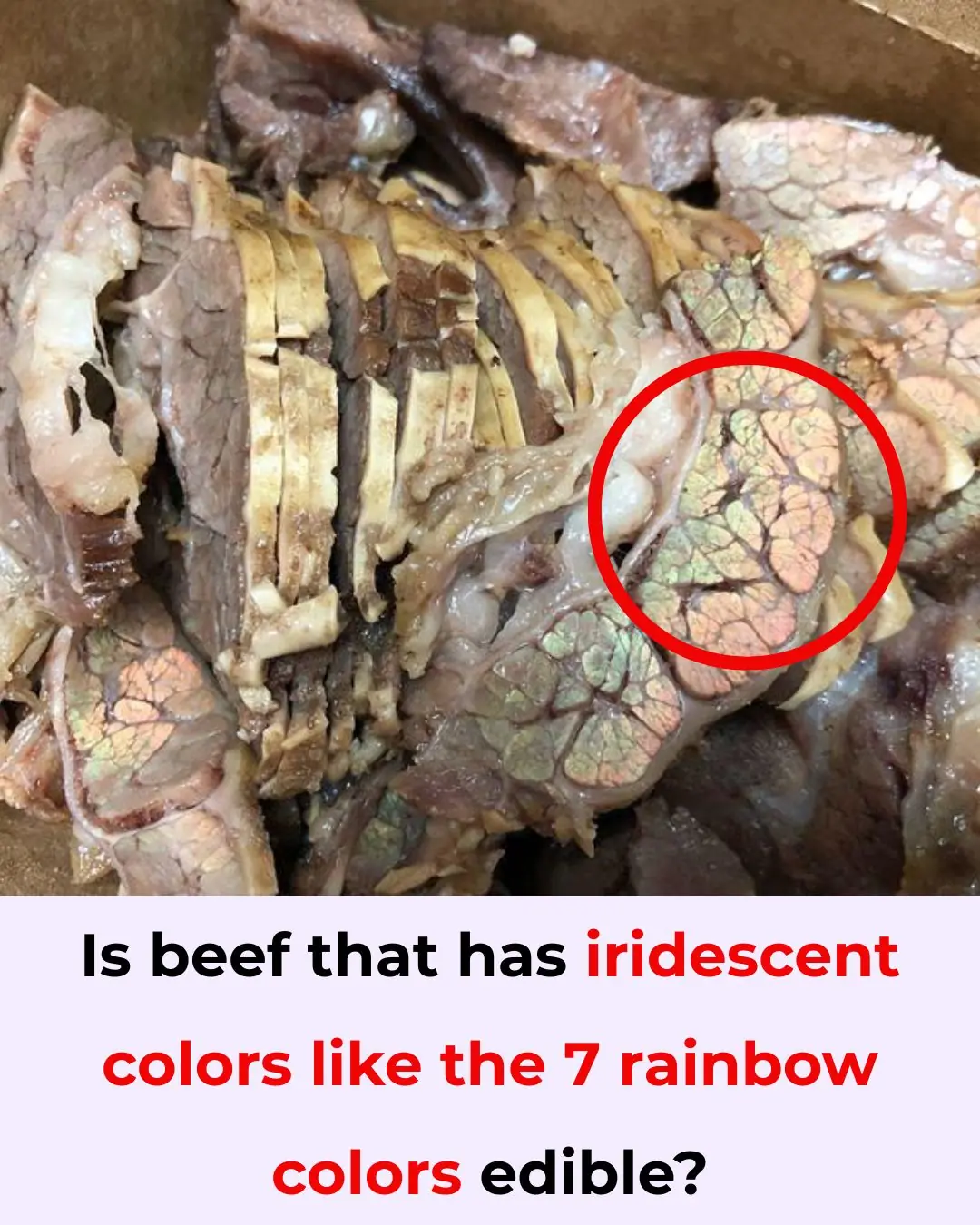
Is beef that has iridescent colors like the 7 rainbow colors edible?
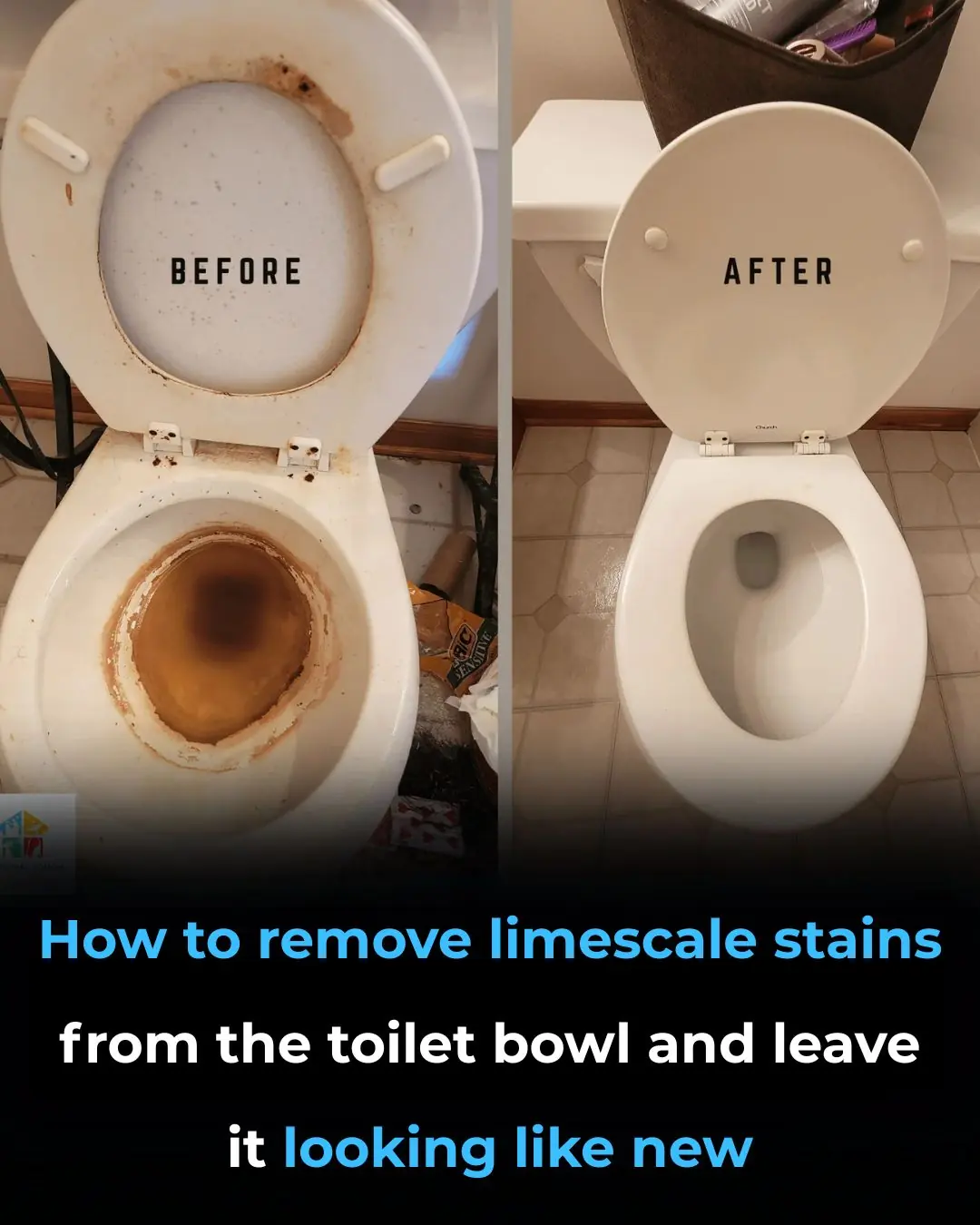
🚽 How to Remove Limescale Stains from Your Toilet Bowl — Naturally & Without Harsh Chemicals
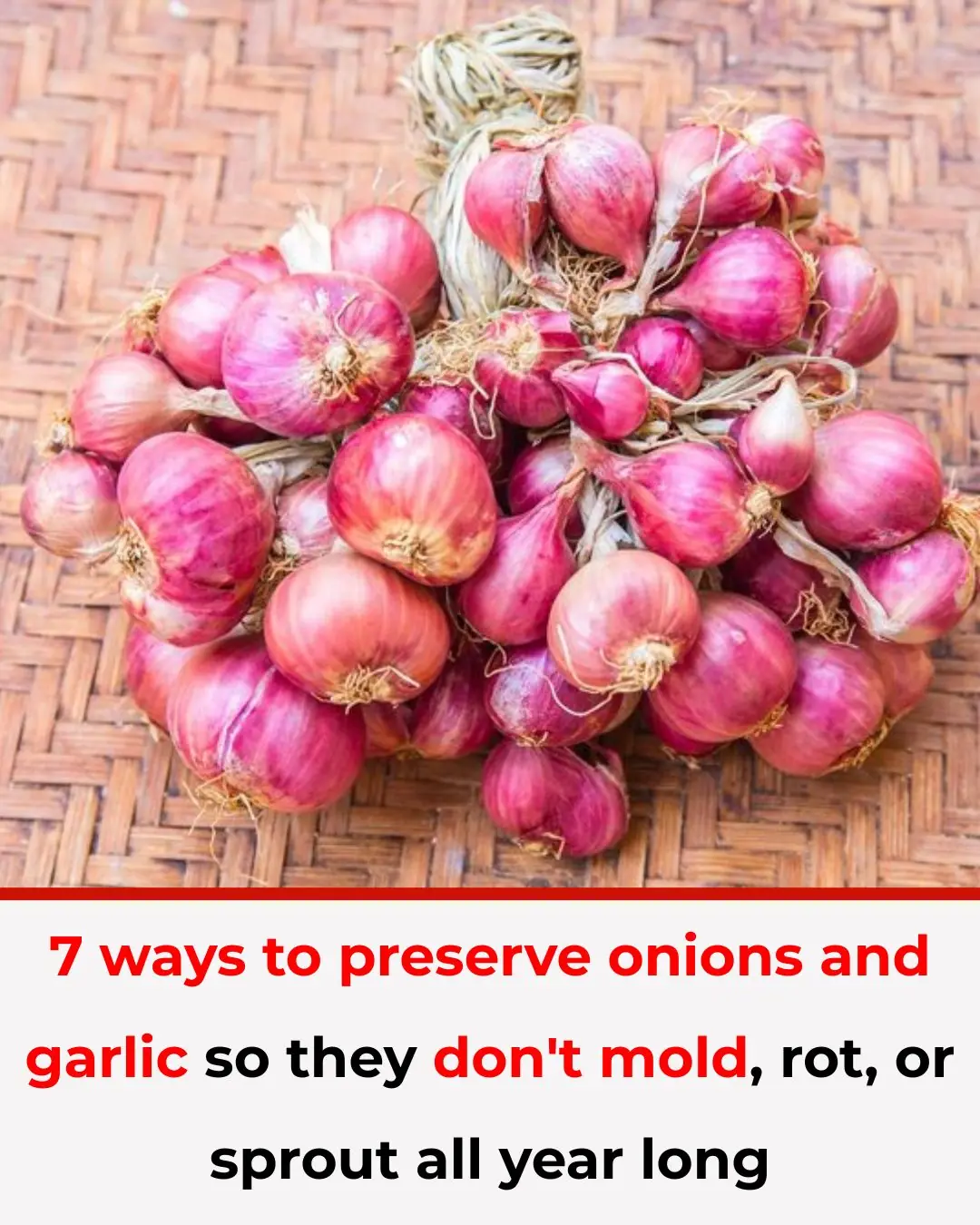
7 ways to preserve onions and garlic so they don't mold, rot, or sprout all year long
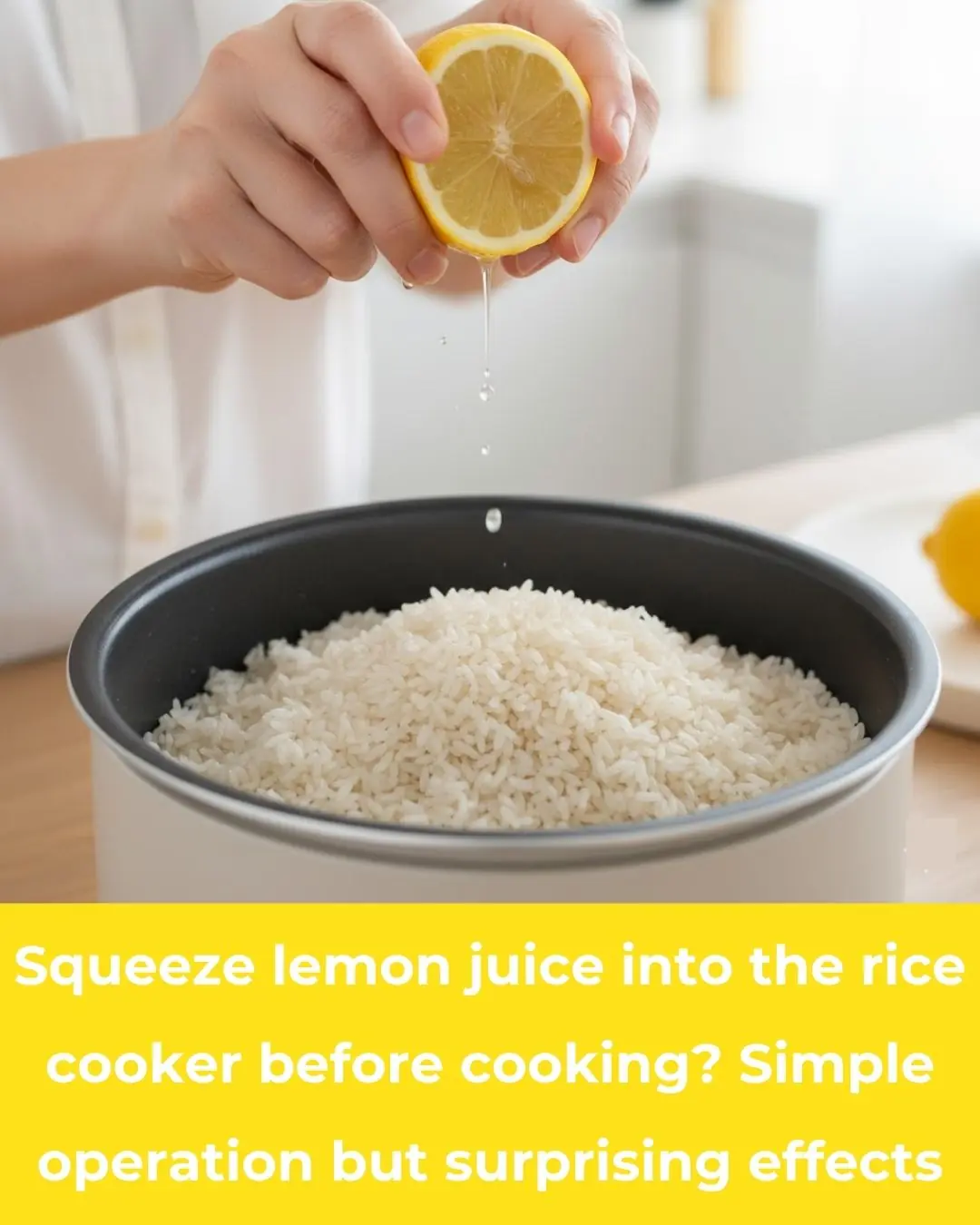
Squeeze lemon juice into the rice cooker before cooking? Simple operation but surprising effects
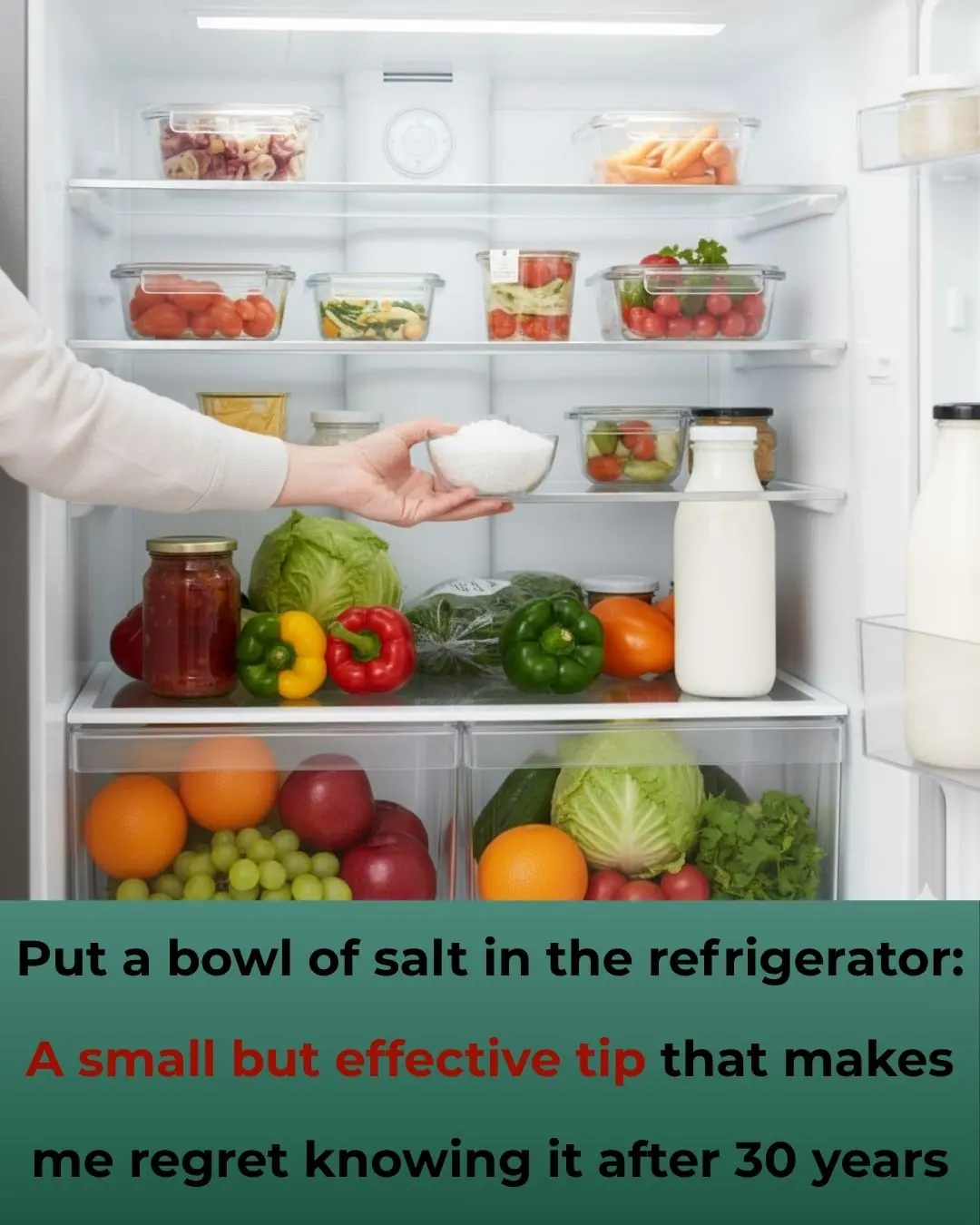
Put a bowl of salt in the refrigerator: A small but effective tip that makes me regret knowing it after 30 years

Most Attractive Hobby a Man Can Have According to Women
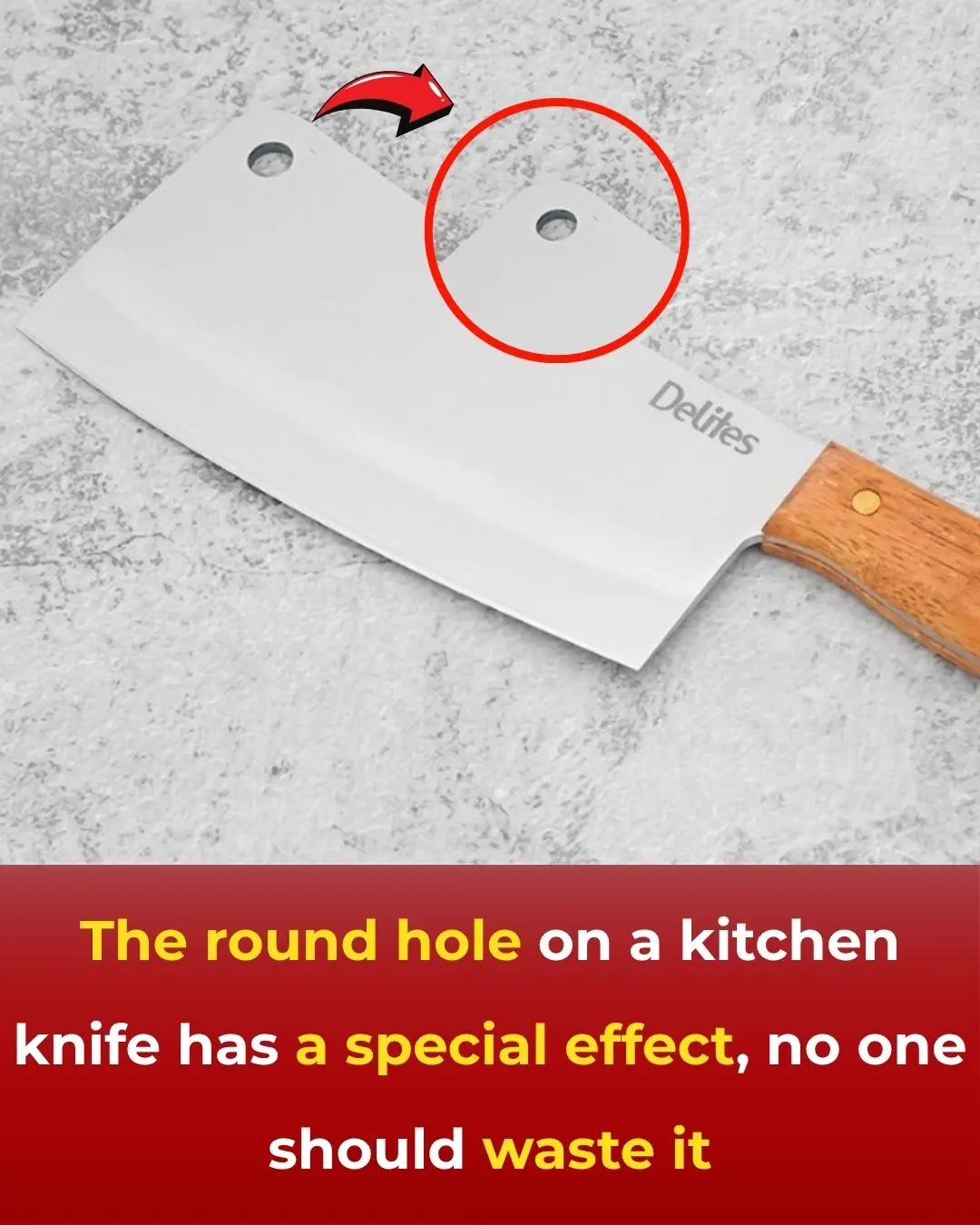
The Hidden Power of the Hole in Your Kitchen Knife — 7+ Surprising Uses You Probably Didn't Know
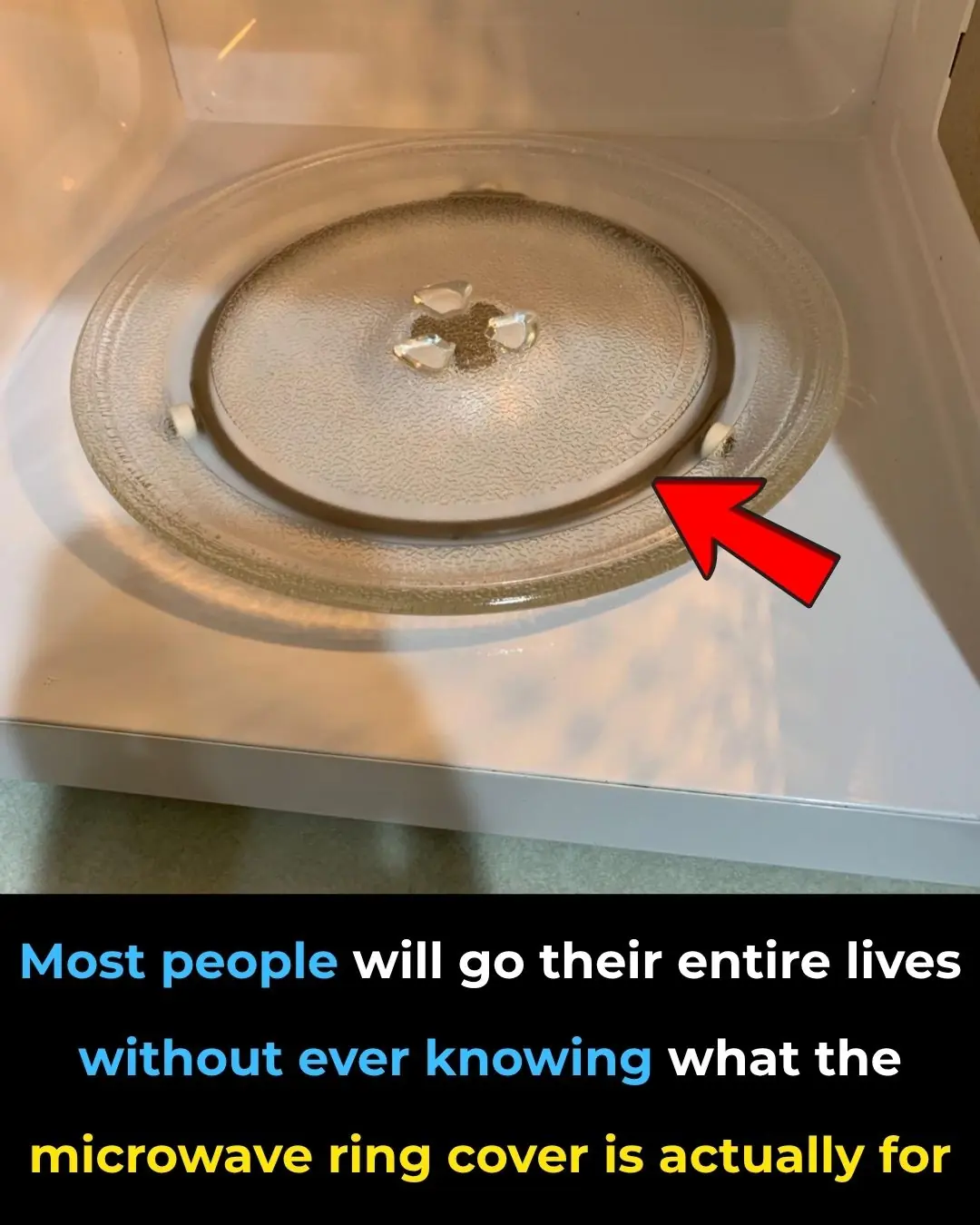
Most people will go their entire lives without ever knowing what the microwave ring cover is actually for

10 Morning Habits That Are Surprisingly Harmful to Your Health
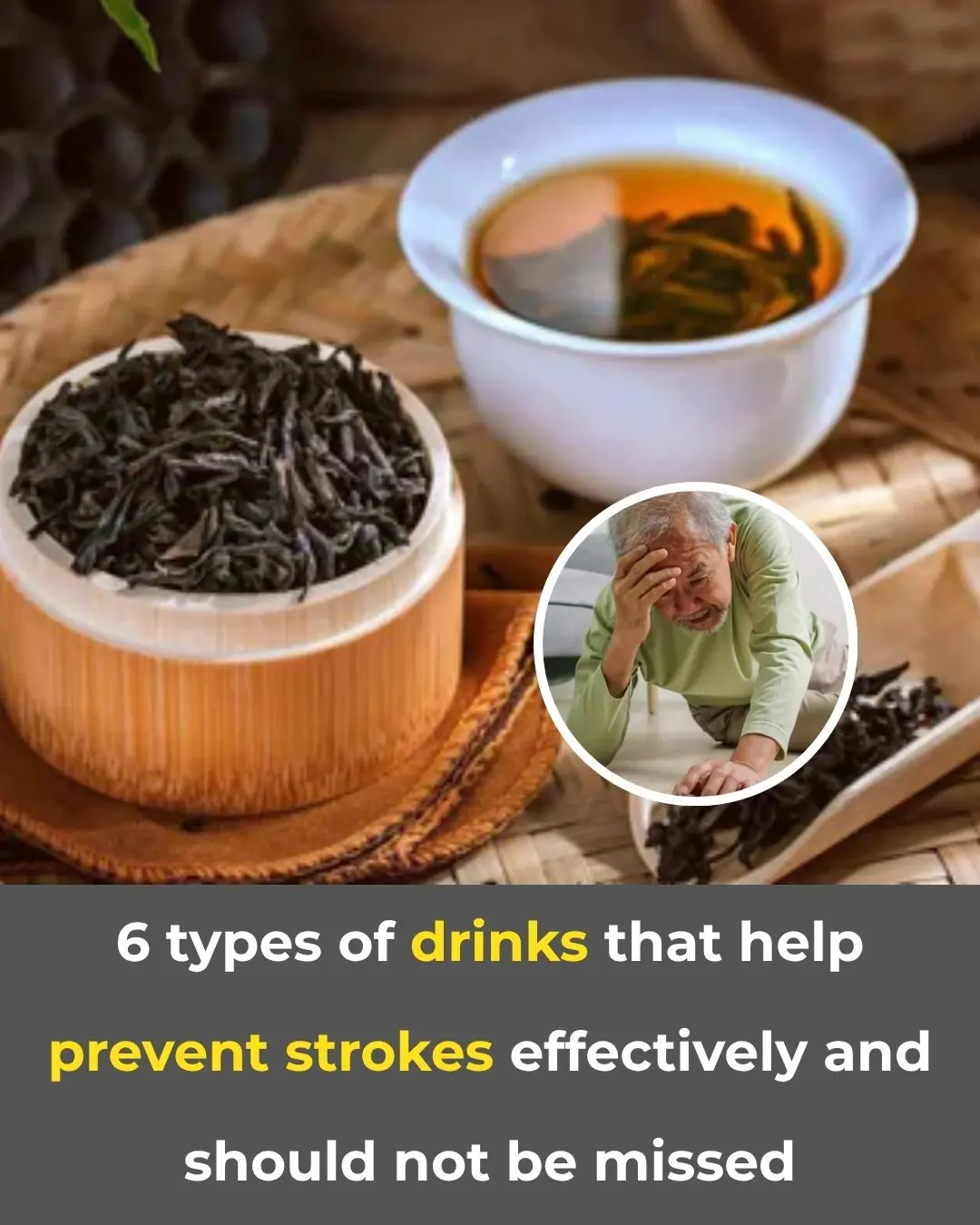
6 Effective Drinks to Help Prevent Stroke – Don’t Overlook These Choices
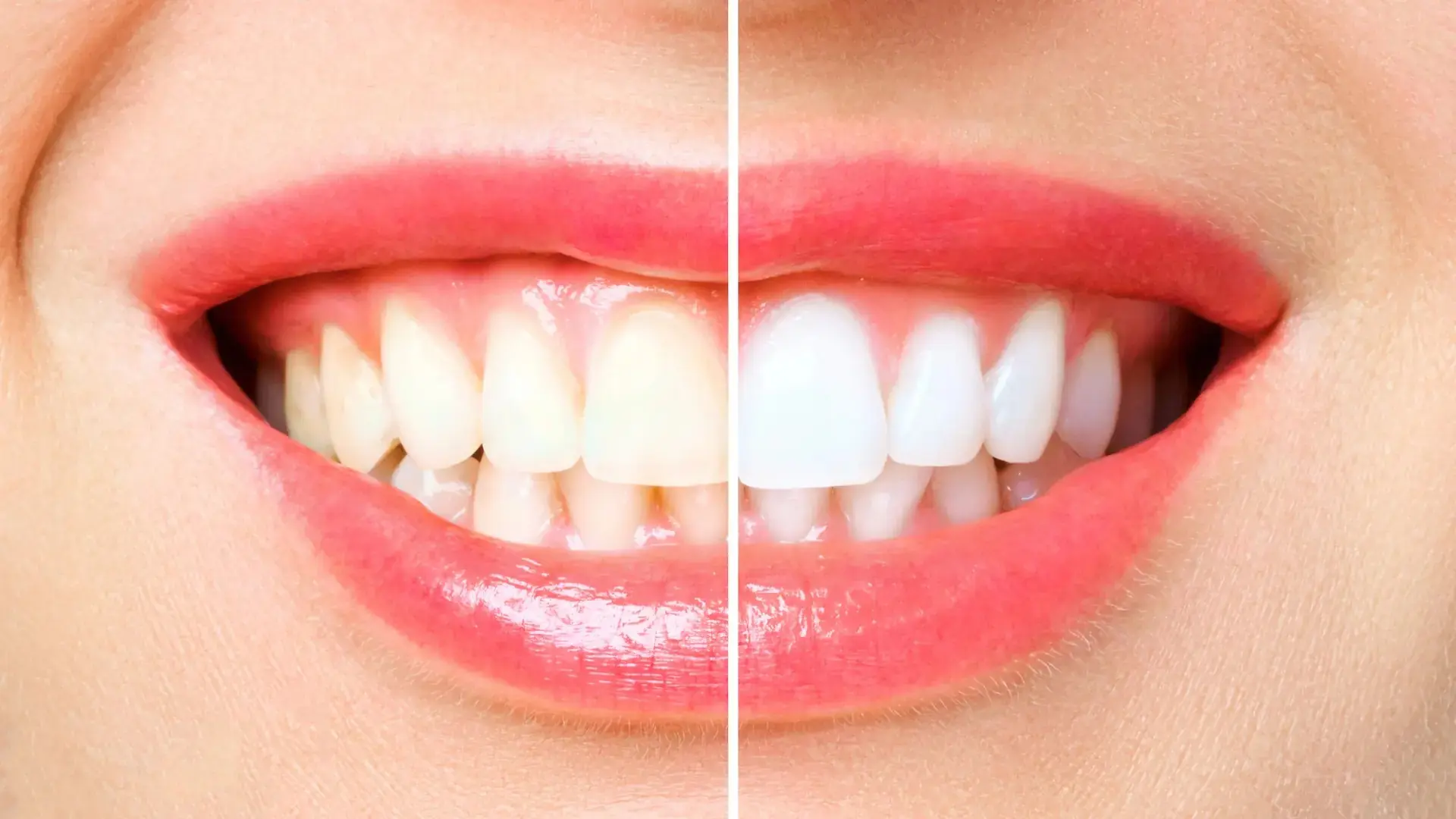
DENTISTS HATE HOW SIMPLE THIS TEETH WHITENING HACK IS
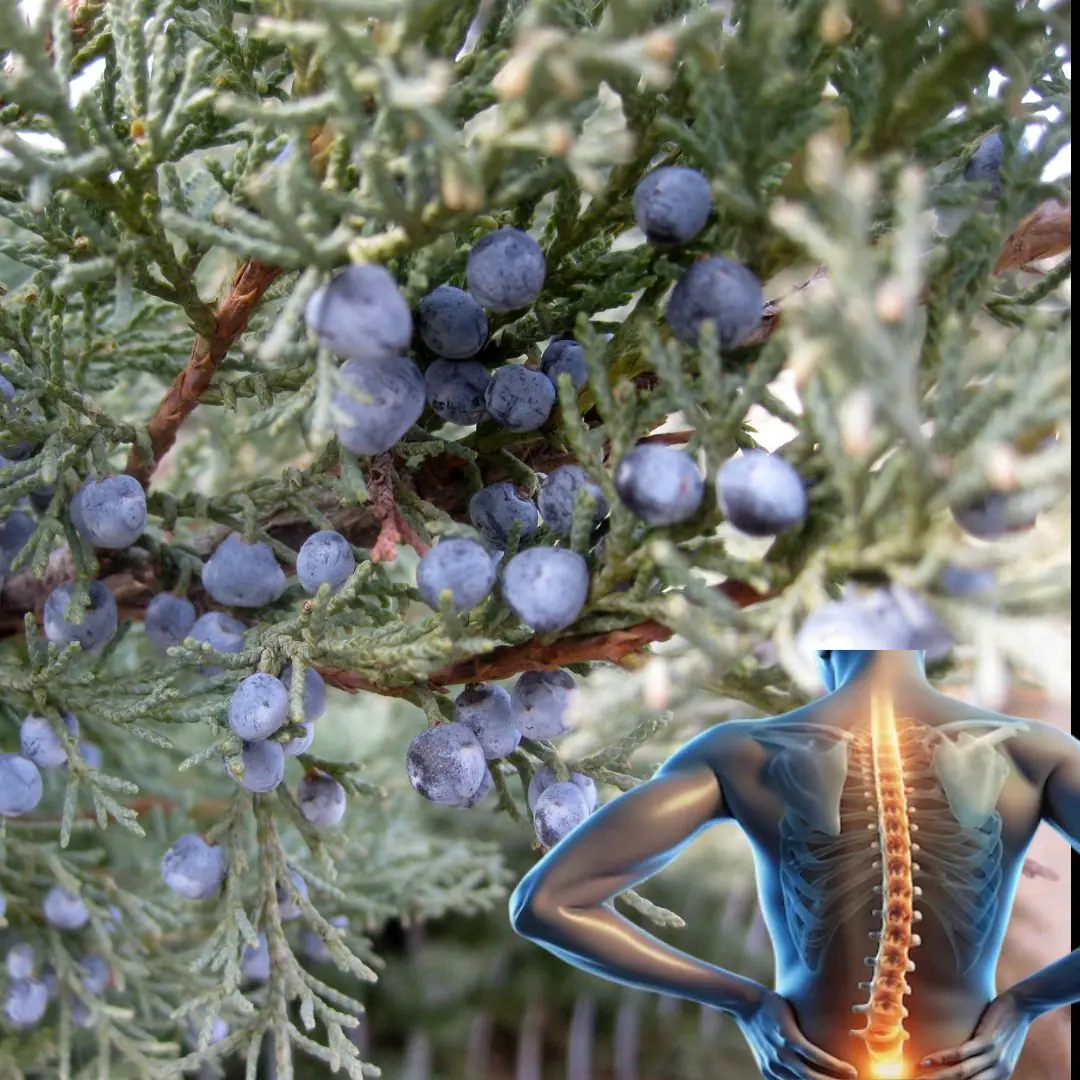
Juniper: A Comprehensive Guide to Its Benefits and Uses
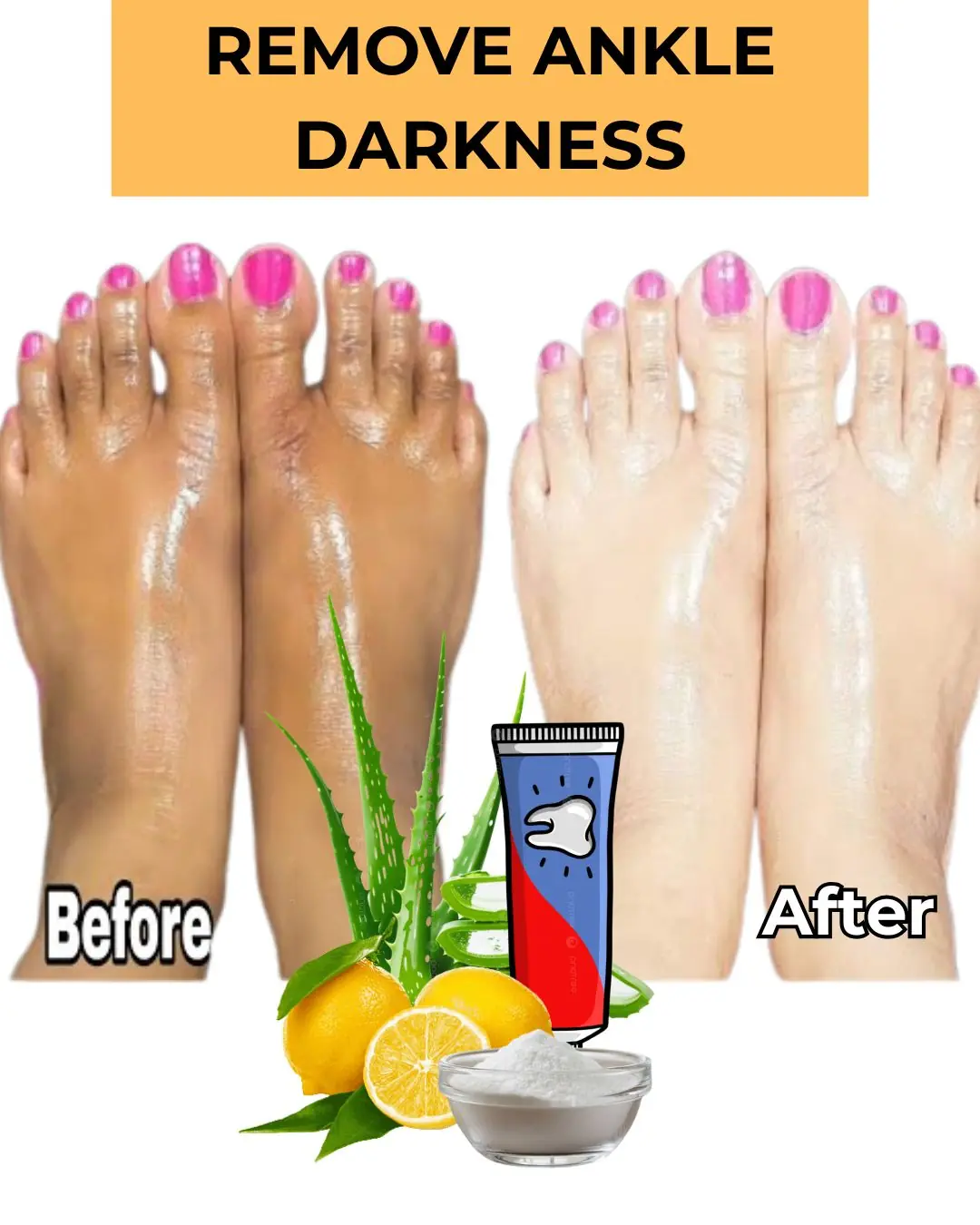
Unveil Colgate’s Secret for Silky-Smooth Feet
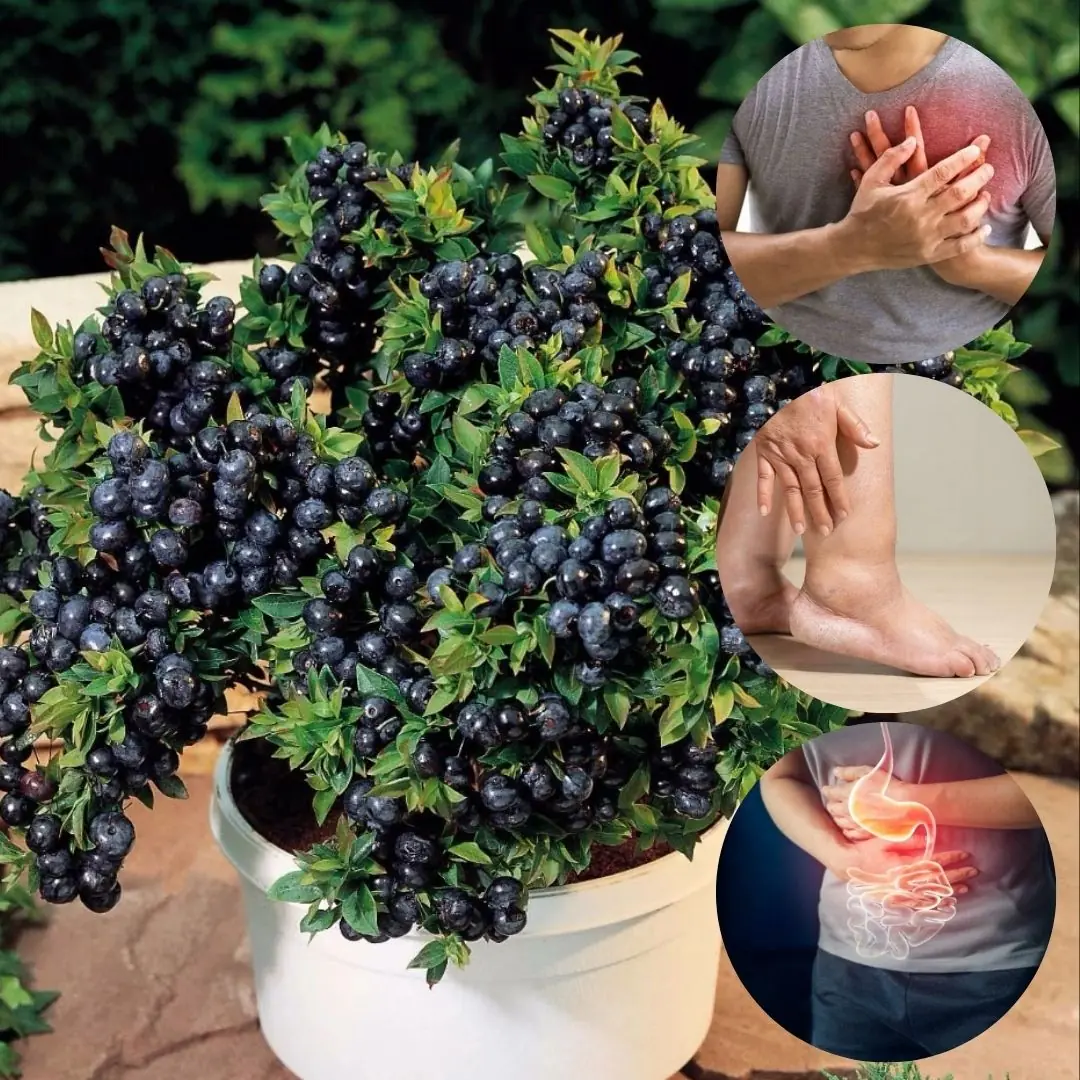
Evergreen Huckleberry (Vaccinium ovatum) – Benefits, Uses, and Growing Guide
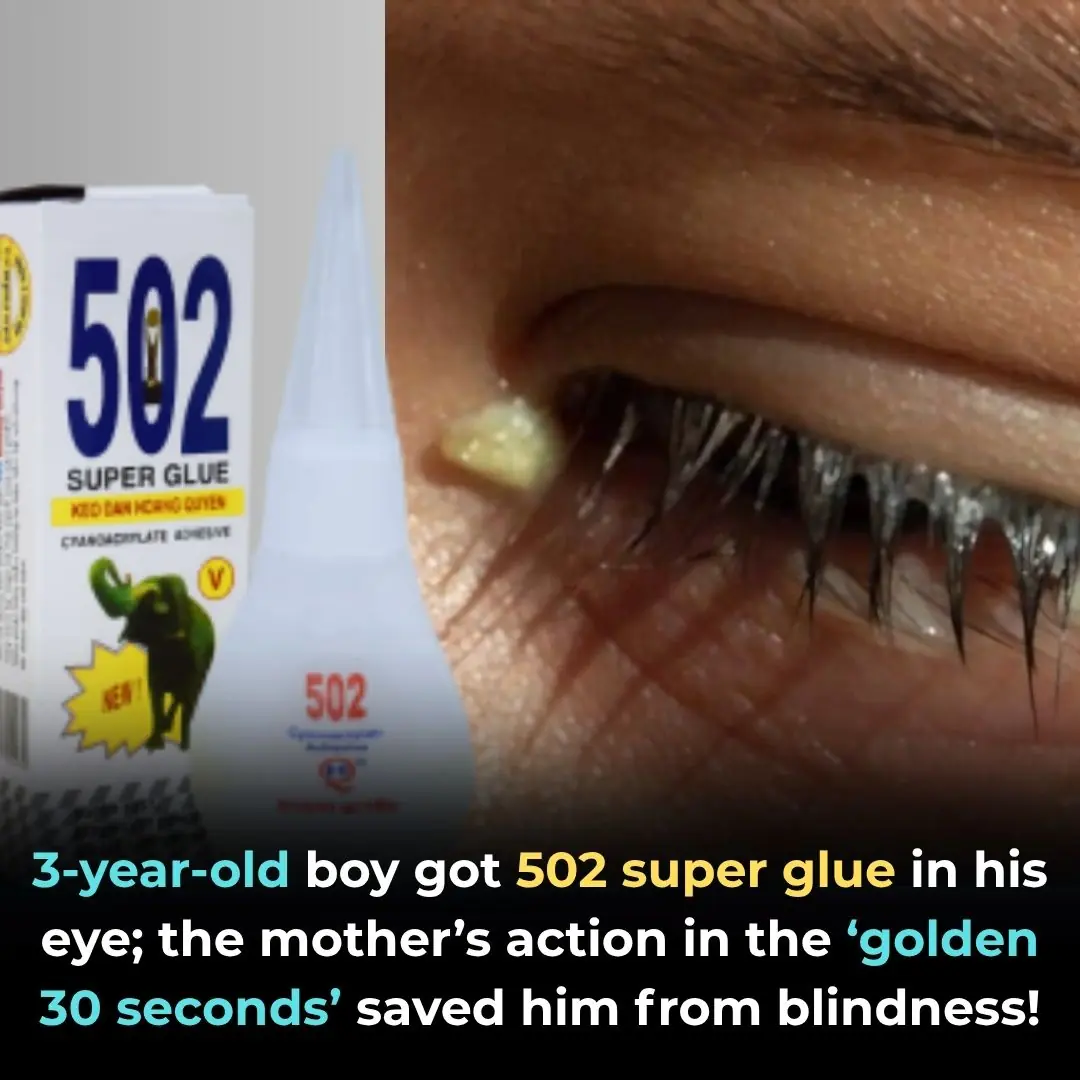
A 3-Year-Old Boy Got Super Glue in His Eye — His Mother’s “Golden 30 Seconds” Saved His Sight
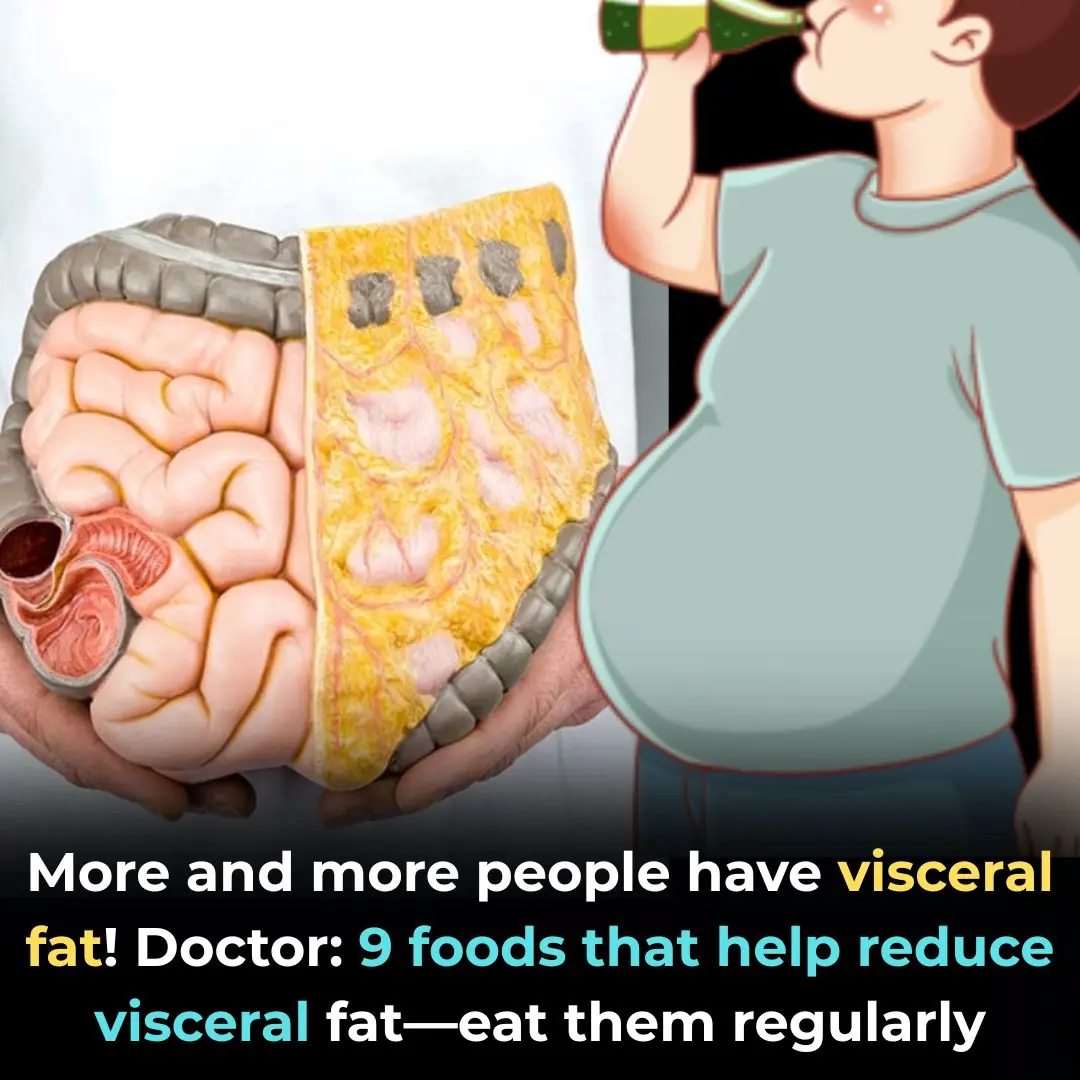
Growing Concern Over Visceral Fat — Doctors Recommend 9 Foods to Help Burn It Naturally
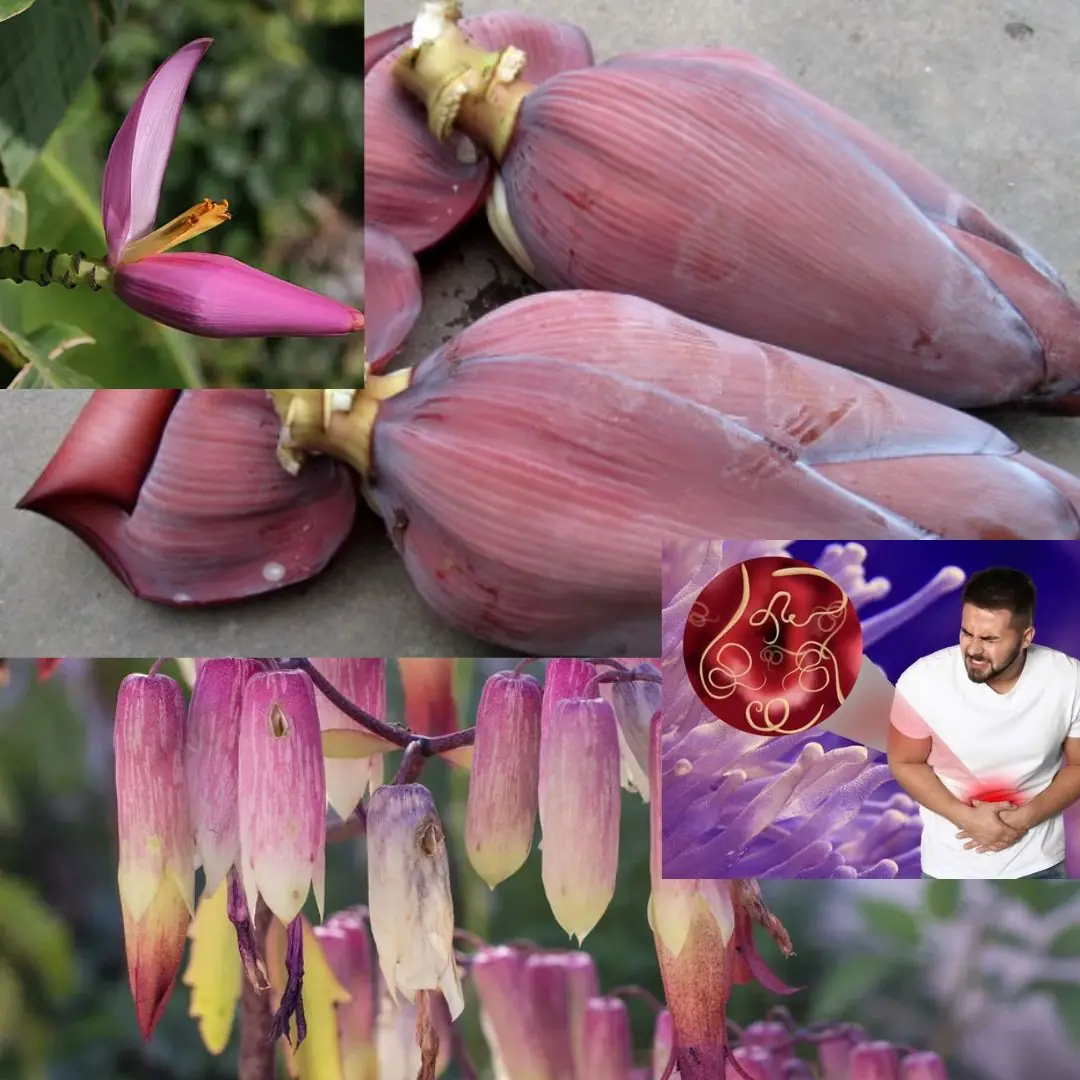
7 Amazing Health Benefits of Banana Blossoms
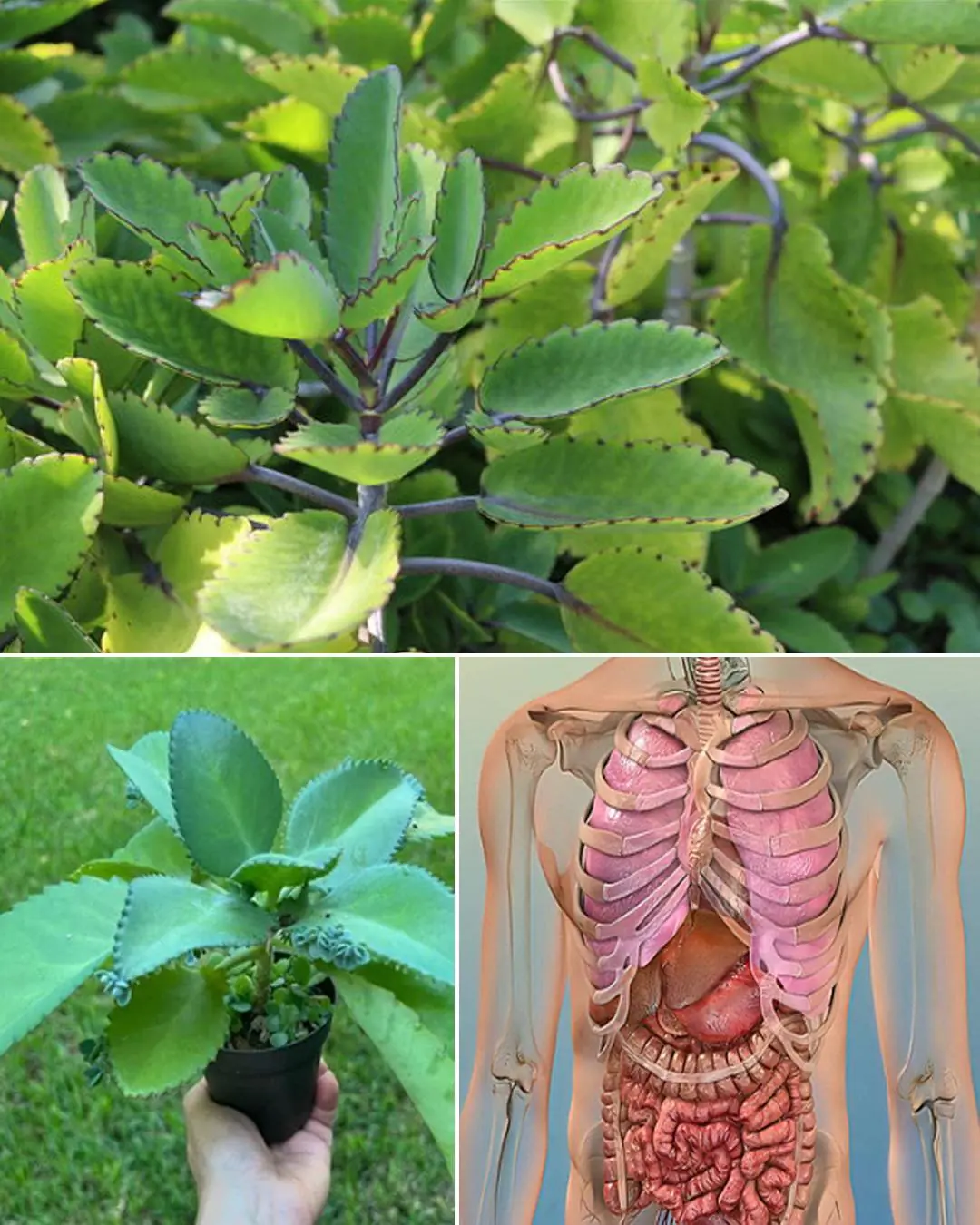
Bryophyllum Calycinum (Kalanchoe Pinnata): Benefits and Uses
